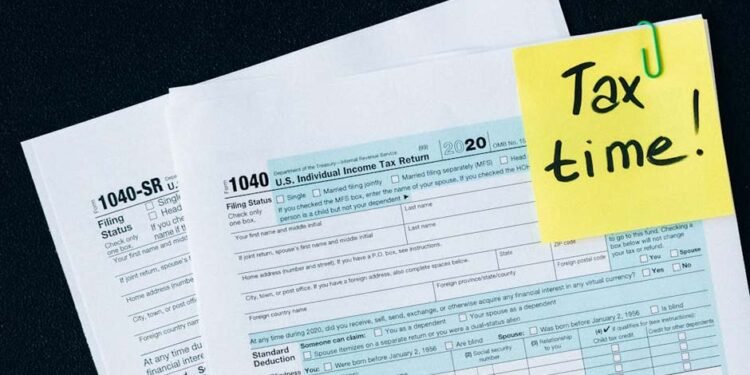Minimizing tax liability is a key financial goal for individuals and businesses alike. It allows them to maximize their savings and allocate resources more efficiently. With the complexities of tax laws and regulations, navigating the tax landscape can be daunting. Implementing strategic tax planning strategies can help individuals and businesses optimize their tax position.
Here are five strategies and tips to help you minimize your tax liability and keep more of your hard-earned money.
1. Take Advantage of Tax Deductions and Credits
One of the most effective ways to minimize your tax liability is to take advantage of available tax deductions and credits. Tax deductions reduce your taxable income, while tax credits directly reduce your tax liability dollar for dollar. Common tax deductions include mortgage interest, property taxes, charitable contributions, and medical expenses.
Additionally, tax credits such as the Earned Income Tax Credit (EITC), Child Tax Credit, and Education Credits can significantly lower your tax bill. To maximize your tax savings, keep track of all eligible expenses throughout the year and maintain accurate records to support your deductions and credits. Consult a tax professional to ensure you’re claiming all applicable deductions and credits based on your specific financial situation.
2. Contribute to Tax-Advantaged Retirement Accounts
Contributing to tax-advantaged retirement accounts is another powerful strategy to minimize your tax liability while saving for the future. Traditional Individual Retirement Accounts (IRAs) and 401(k) plans allow you to contribute pre-tax dollars, reducing your taxable income for the year. Additionally, contributions to these accounts grow tax-deferred, meaning you won’t pay taxes on investment gains until you withdraw funds during retirement.
Take advantage of employer-sponsored retirement plans like 401(k) and 403(b) plans, especially if your employer offers matching contributions. Maximize your contributions to these accounts to the extent possible to lower your taxable income and build a nest egg for retirement. If you’re self-employed or don’t have access to an employer-sponsored plan, consider opening a Traditional or Roth IRA to take advantage of tax-deferred growth opportunities.
3. Explore Tax-Deferred Investment Options
Another strategy to minimize your tax liability is to explore tax-deferred investment options. Certain investment vehicles, such as annuities and deferred annuities, allow you to defer taxes on investment earnings until you withdraw funds in the future. Deferred annuities, for example, offer tax-deferred growth potential, meaning you won’t pay taxes on investment gains until you start receiving annuity payments. Consider working with a financial advisor to explore tax-deferred investment options that align with your financial goals and risk tolerance. Evaluate the tax implications, fees, and investment performance of different options to make informed decisions.
4. Implement Tax-Loss Harvesting
Tax-loss harvesting is a strategy commonly used by investors to minimize tax liability on investment gains. This technique involves selling investments that have experienced losses to offset capital gains and reduce taxable income. By realizing capital losses, investors can use them to offset capital gains realized from other investments, thereby reducing their overall tax liability.
Tax-loss harvesting can be particularly beneficial during periods of market volatility or when rebalancing your investment portfolio. However, it’s essential to adhere to IRS guidelines and avoid the wash-sale rule, which prohibits repurchasing the same or substantially identical securities within 30 days of selling them for a loss. Work with a financial advisor or tax professional to develop a tax-loss harvesting strategy that aligns with your investment goals and risk tolerance.
5. Seek Help for Tax Relief
If you’re struggling to manage your tax liability or facing financial difficulties, seeking help for tax relief can provide much-needed support and guidance. There are various tax relief services and options available to individuals and businesses facing tax challenges. Additionally, hiring a tax professional or enlisting the services of a tax relief company can help you navigate the complexities of tax laws and help you negotiate with the IRS.
When seeking help for tax relief, research reputable tax professionals or tax relief companies with a track record of success and positive client reviews. Consult with multiple professionals to compare services, fees, and expertise before making a decision. Be cautious of scams and fraudulent schemes promising unrealistic results or claiming to settle tax debt for pennies on the dollar.
Conclusion
Minimizing tax liability is a critical financial objective for individuals and businesses seeking to optimize their financial health and maximize savings. By implementing strategic tax planning strategies, you can effectively minimize your tax liability and keep more of your hard-earned money.












